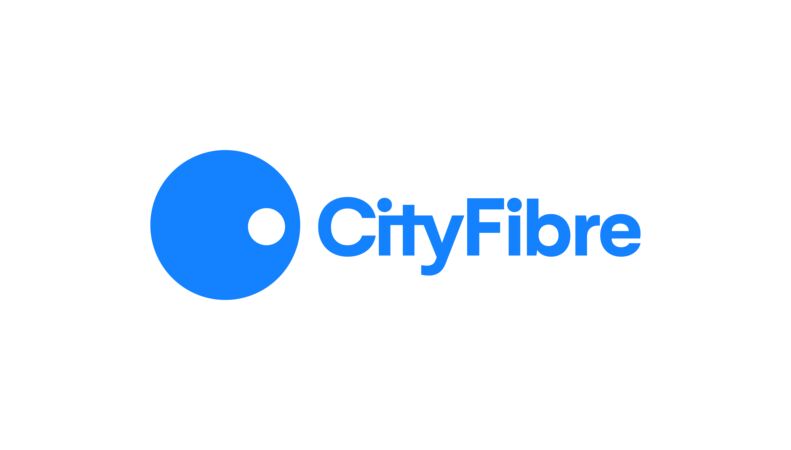Information
-
Document No.
-
Project Title
-
Client / Site
-
Commissioned on
-
Commissioned by
-
Location
-
Personnel
Condenser
Condenser
-
Manufacturer
-
Type
-
Condenser unique ID
-
Model No
-
Serial No
-
Power requirement
-
Specific location
Power source
-
Distribution board location and ID reference
-
Circuit breaker type and size
-
Power cable type and size
-
Condenser energised for a minimum of 12 hours
Refrigeration Circuit
Refrigeration circuit
Strength testing shall be between 1.0 and 1.43 times maximum working pressure but must not exceed the individual test pressure of any component on the system. This should only be used on initial construction or if substantial modifications have been carried out.
-
How long was test carried for
Leak testing shall be between 1.0 and 1.1 times the maximum working pressure of the system, and pressures should be maintained for at least one hour, or until all joints have been tested for leaks.
-
How long was test carried for
-
How long was test carried for (minimum 30 minutes)
-
Was there a rise
Refrigerant charge
-
Refrigerant type
-
Initial factory charge
-
Additional charge added
Fan coil Units
Fan coil units
-
Add fan coil unit
Fan coil unit
-
Fan coil unit location
-
Fan coil unit unique ID
-
Fan coil unit style
- Wall mounted
- Floor mounted (cased)
- Floor mounted (chassis)
- Ceiling suspended
- Ceiling cassette
- Ducted
-
Model No
-
Serial No
Sign off
Sign Off
-
Commissioning Engineer
-
On behalf of the client
-
Date










